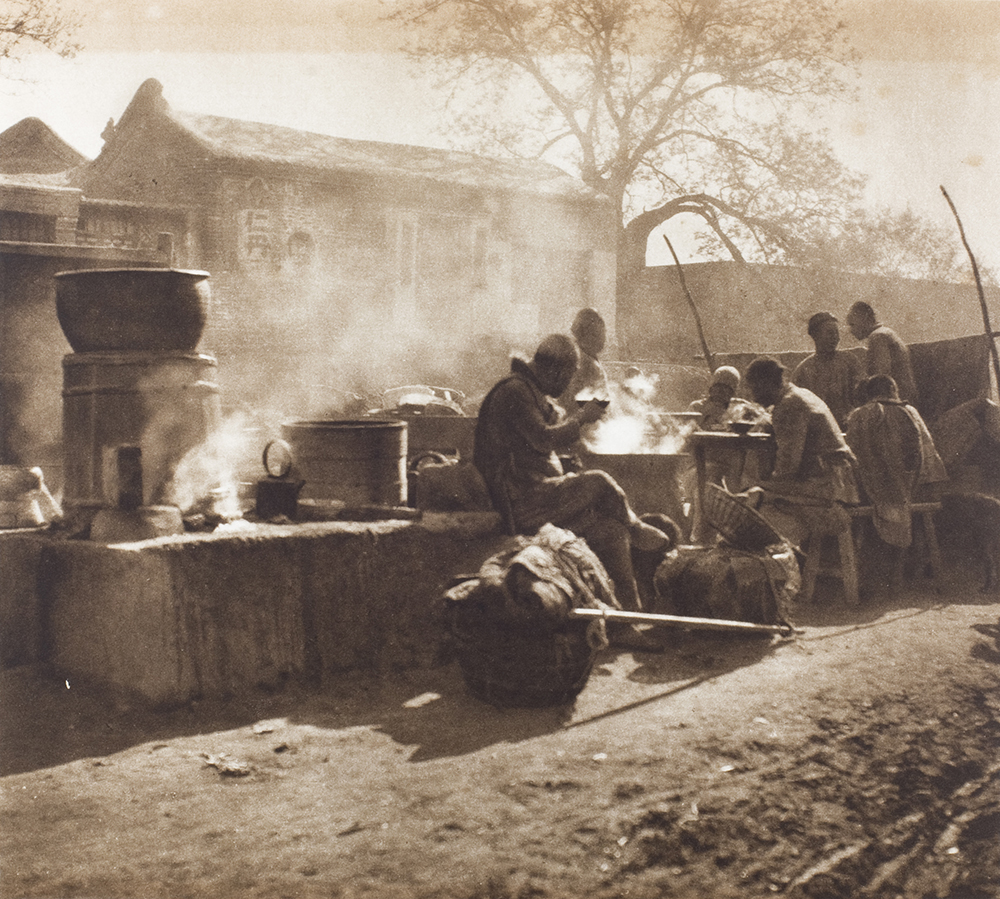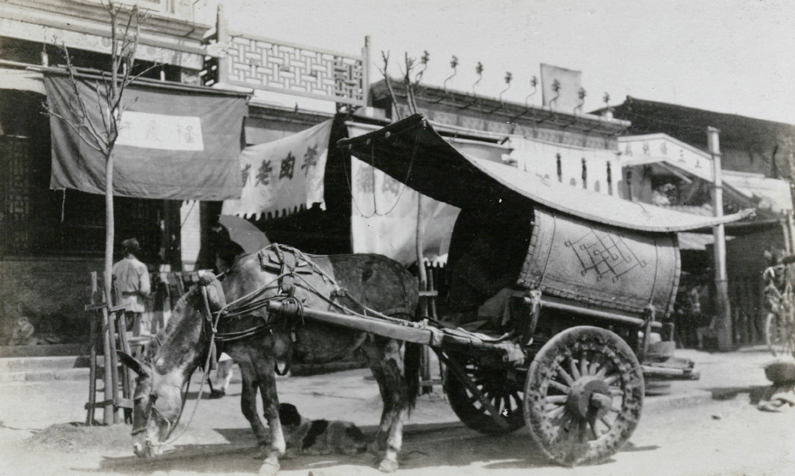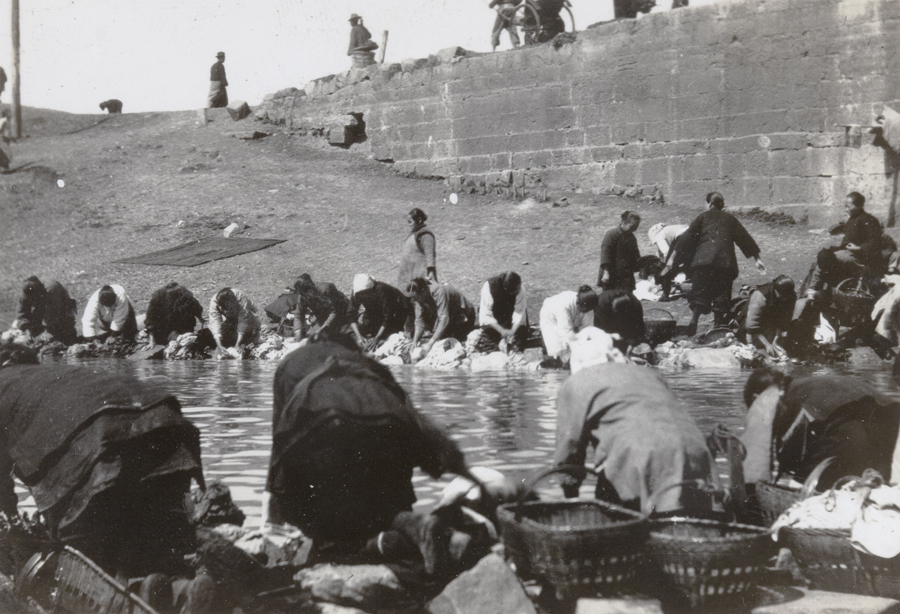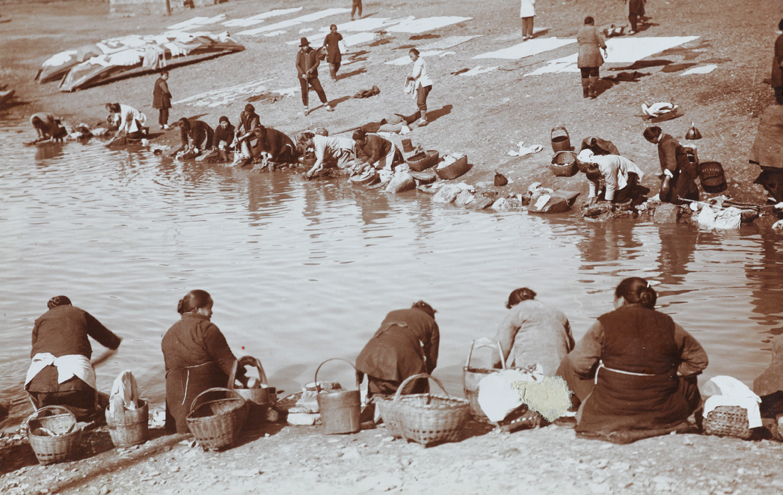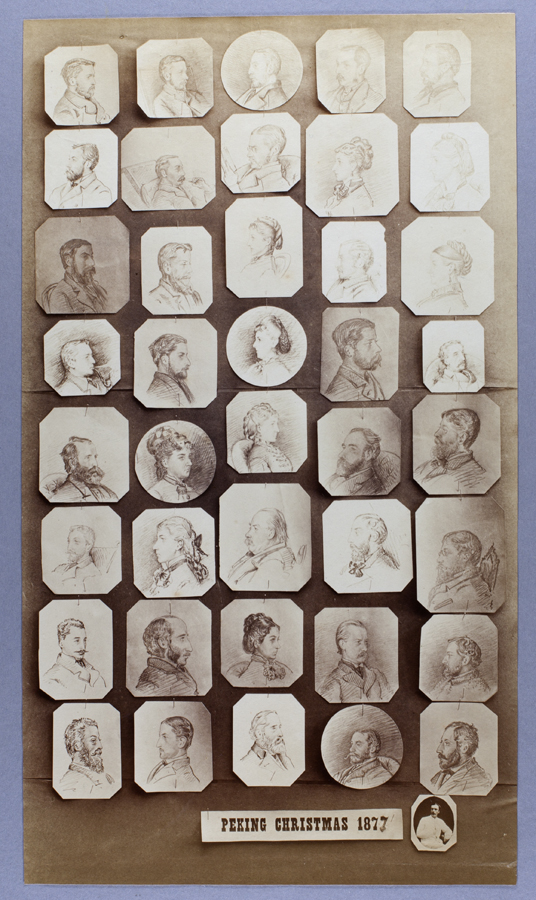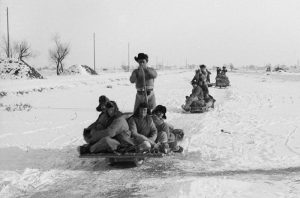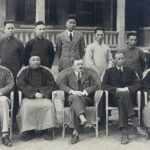
Butterfield & Swire, Nanjing office staff 1933, Bickers collection bi-s001. The comprador sits third from left.
The latest Wikileaks release has some interesting China material. My eye was caught by a practical note dated 24 March 1973 from the US Consulate in Hong Kong to the State Department, forwarding practical information about “administrative and other procedures of diplomatic missions in Peking”. This was as the US was proceeding with plans to open its mission. Amongst other interesting points was a note harking back to a figure from the past: the comprador (sometimes spelt compradore), a figure who worked at the heart of the Sino-foreign encounter:
“The Diplomatic Service Bureau [DSB] makes available a chief factotum experienced in serving foreign mission (often taken away on short notice from another mission). He functions much like the old fashioned compradore. He relays the mission’ s request to the DSB and other Chinese offices, acts as a walking telephone directory, translates, instructs the rest of the staff, and advises on procedures. Administrative functions center on him and he is overloaded with work.”
Compradors were omnipresent within businesses and in fact all institutions in treaty port China. The term covers a range of posts, from ‘general factotum’, to a foreign firm’s Chinese business partner. This last is the form now more generally remembered, but the term was loosely and liberally applied. We have a few photographs with captions which identify compradors, such as the one above, showing the Swire comprador at Nanjing in 1933, but more of the portraits of Chinese business figures that we have are likely to have been compradors, such as this man at Jiujiang. Where the comprador was placed in a formal portrait like the Nanjing staff shot, and where, indeed, his office was placed in relation to the offices of the foreign branch managers, these were — the archives show — both practical issues of symbolic importance.
Debates about the role of the comprador, and foreign firms’ reliance on this intermediary, to the detriment of their own ability to directly engage with Chinese markets rumbled on throughout the twentieth century. In practical terms, for example, it hampered the readiness of foreign firms to get their staff to learn Chinese. Some British firms, such as Swires, systematically moved away from the ‘comprador’ system in the early 1930s, but compradors remained in some companies in Hong Kong well into the later twentieth century. For American and other diplomats in Hong Kong in the 1970s the concept was still quite familiar, familiar enough too for the consulate not to need to gloss the term in its cable to Washington DC.


